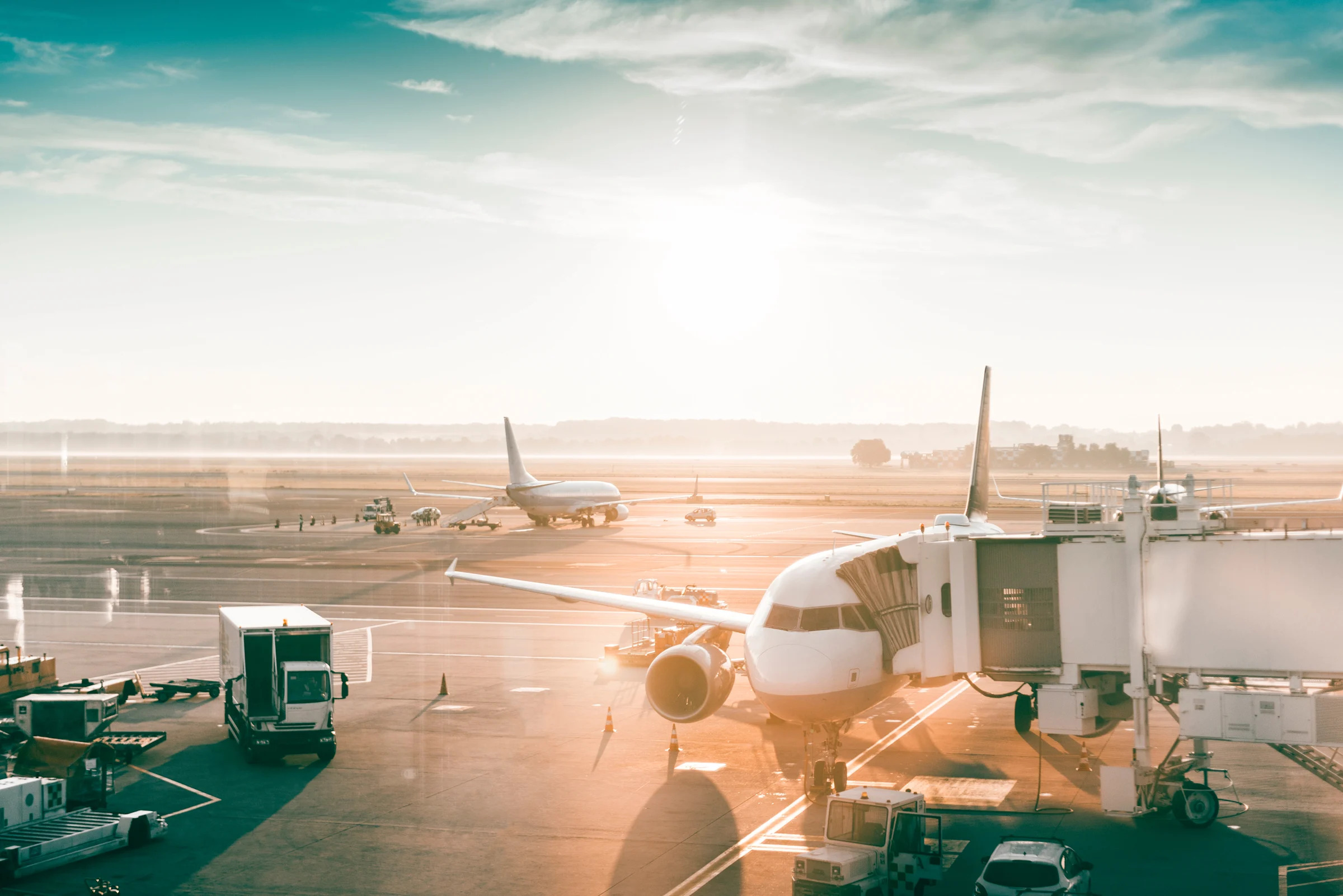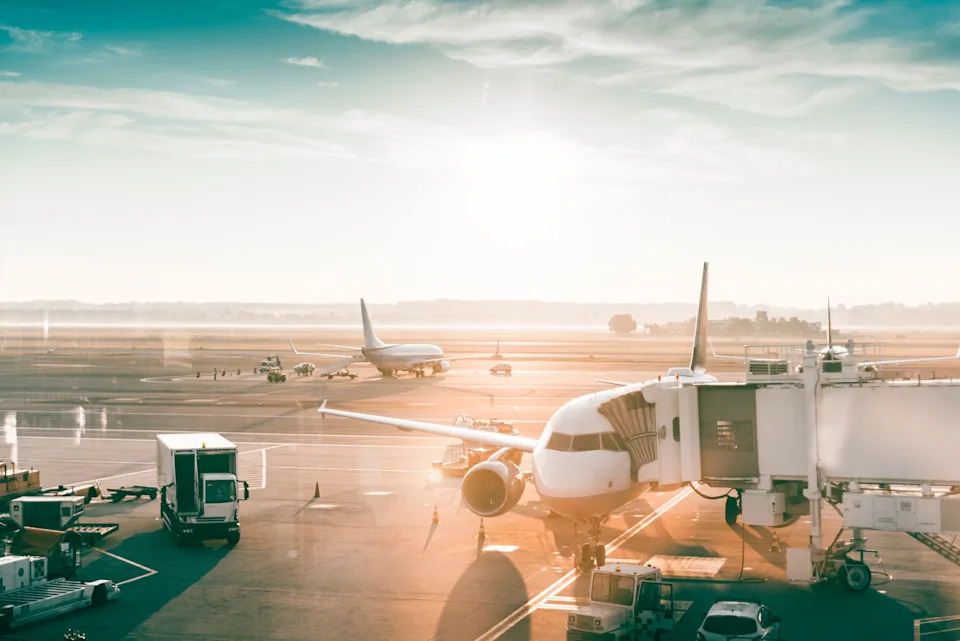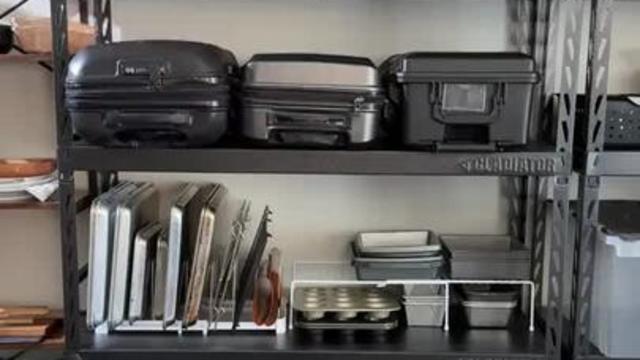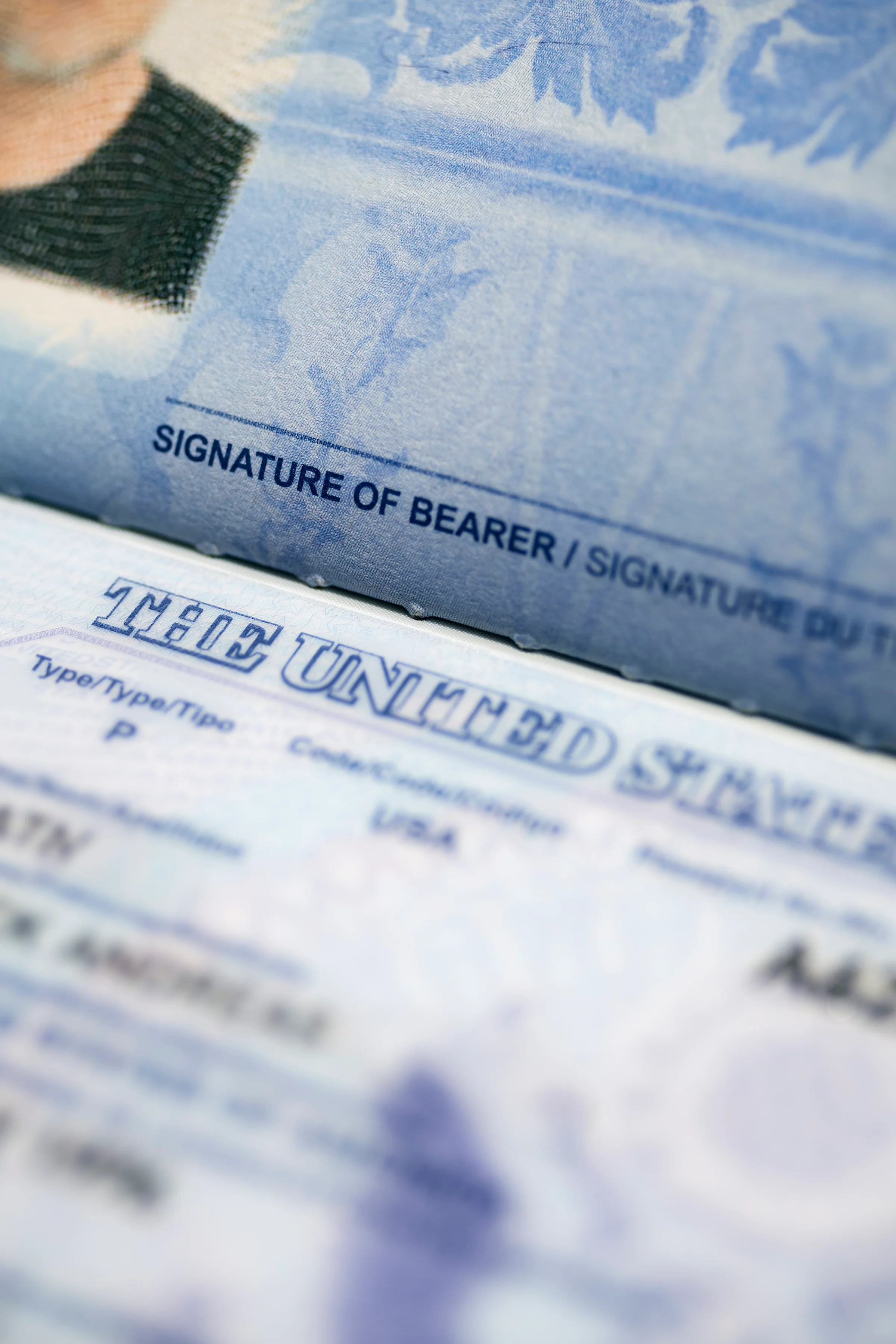Airline Tech Meltdowns Are Happening More Often—Here's What Fliers Should Do

All products featured on Condé Nast Traveler are independently selected by Condé Nast Traveler editors. However, when you buy something through our retail links, Condé Nast may earn an affiliate commission.

Marco Bottigelli/Getty
No traveler wants to be caught in the middle of an airline technical outage. These widespread IT meltdowns can leave passengers stranded on planes or hunkered down in terminals for hours as hundreds of flights are canceled and airline operations come to a screeching halt.
AdvertisementAdvertisement#_R_4lokr8lb2mav5ubsddbH1_ iframe AdvertisementAdvertisement#_R_8lokr8lb2mav5ubsddbH1_ iframeUnfortunately, it appears that airlines are experiencing IT system outages on a more frequent basis. “As airline operations and pricing get increasingly complex, airline IT failures happen with increasing frequency and to a greater technical extent,” says Travelers United, a consumer advocacy group. “The complex airline systems [are] cobbled together from bits and pieces of different airlines as mergers over recent years have reduced airline competition.”
Multiple airlines, including American, Delta, Southwest, United, and British Airways, have faced IT system failures in recent years. The most severe of the bunch was caused by a CrowdStrike issue in 2024, leading to thousands of canceled flights around the world. While that one impacted multiple major airlines in the US, others are isolated to specific carriers: Alaska Airlines experienced “a significant IT outage” on July 20, 2025 that resulted in a system-wide ground stop of flights for both Alaska and its regional subsidiary Horizon Air. “A critical piece of multi-redundant hardware at our data centers, manufactured by a third-party, experienced an unexpected failure,” the airline said in a statement. “When that happened, it impacted several of our key systems that enable us to run various operations, necessitating the implementation of a ground stop to keep aircraft in position.”
Although flight safety was never compromised, Alaska’s outage led to more than 150 flight cancellations. “Additional flight disruptions are likely as we reposition aircraft and crews throughout our network,” the airline said on Monday, July 21. The airline is offering a flexible travel policy for fliers who want to change or cancel their flights scheduled through July 23.
Often, these type of technical failures affect systems like the crew management software, which is a key component of flight operations. Systems like this have "so many dimensions to factor, including the passage of time, individual flight crew members with rules governing their work hours, routes, aircraft, and location of all of these people and planes at that moment in time,” explains Mike Arnot, an airline expert and founder of the aviation communications firm Juliett Alpha. “However, sometimes it’s so bad, with planes and people so out of position, a huge number of flights need to be canceled to reset. They just have to take drastic action to reset the entire operation and get planes and people in position to start again.”
AdvertisementAdvertisement#_R_59okr8lb2mav5ubsddbH1_ iframe AdvertisementAdvertisement#_R_99okr8lb2mav5ubsddbH1_ iframeAs a result, it can take multiple days for an airline to recover from an IT outage along these lines. Here's what to know if you get caught in the middle of one—and how to receive compensation for significant delays and cancellations.
How to get help from customer service fast
It’s no surprise that in an airline IT meltdown, representatives quickly become overwhelmed. “When you need help during a major airline event, the biggest challenge is reaching someone,” says Gary Leff, a travel advisor and author of aviation blog View From the Wing. “Phone lines are overloaded. Often the website and mobile app will crash as too many customers seek help.”
To get assistance quickly, try multiple avenues all at once even as you stand in line at the airport help desk. “It can be a good idea to be on the phone and on social media via direct message while standing in line, and that if you don’t get what you want the first time you ask to then ask someone else,” Leff says.
That advice also applies to if you are automatically rebooked on an itinerary that’s less than ideal. “The technology typically factors in status, fare paid, whether you are on a reward redemption, among other considerations,” says Arnot. “You can accept what is given to you automatically, but there's no reason why you can't get in line virtually or at the airport itself and find better routings, timings, and options.”
What passengers are owed—and what they should ask for anyway
According to new Department of Transportation rules enacted in April 2024, passengers are entitled to a full and automatic refund if their flight is canceled or significantly changed. Several scenarios can constitute a “significant change.” Among them are: “departure or arrival times that are [delayed] more than three hours domestically and six hours internationally; departures or arrivals from a different airport; increases in the number of connections; instances where passengers are downgraded to a lower class of service; or connections at different airports or flights on different planes that are less accessible or accommodating to a person with a disability.”
AdvertisementAdvertisement#_R_69okr8lb2mav5ubsddbH1_ iframe AdvertisementAdvertisement#_R_a9okr8lb2mav5ubsddbH1_ iframeMany airlines also offer additional compensations, such as hotel stays for overnight delays, meal vouchers, and travel credits. You can check the DOT’s Airline Cancellation and Delay Dashboard to see what types of compensation each US airline offers for disrupted flights. Keep in mind that when an airline is having a protracted and very public meltdown, they are likely to offer more compensation than what the DOT requires. Sometimes, carriers will offer to reimburse passengers for any additional travel costs they incur as they try to make it to their destinations, such as flights with other airlines, rental cars, train tickets, and more. Pay attention to operational updates on the airline’s website and social media for the latest on what the airline might cover, and be sure to keep all your receipts.
Indeed, when operations are totally bungled, sometimes the easiest thing to do is to fly out with a completely different airline. Even if this isn’t part of the airline’s normal policy, you should still ask representatives about it. “Be sure to bring your own information to the table,” Leff says. “Don’t rely on being offered solutions. Search for flights that are available for purchase and suggest them.”
Although customer service agents might not bite, flying out on your own dime and asking for compensation later is still a viable option. “Ultimately, the best way out is to see if you can just buy a ticket on another airline, if you have the means to do it,” says Brett Snyder, president of travel assistance firm Cranky Concierge. “With any luck, they'll reimburse you after the fact. You can also just take advantage of waivers and stay a couple extra days until the mess is over.”
This story has been updated with new information since its original publish date.
AdvertisementAdvertisement#_R_71okr8lb2mav5ubsddbH1_ iframe AdvertisementAdvertisement#_R_b1okr8lb2mav5ubsddbH1_ iframeOriginally Appeared on Condé Nast Traveler
The Latest Travel News and Advice
Want to be the first to know? Sign up to our newsletters for travel inspiration and tips
Stop Counting the Countries You Visit
How Safe Is Flying Today? 5 Things Experts Want Travelers to Know
The Best Places to See the Northern Lights Worldwide












